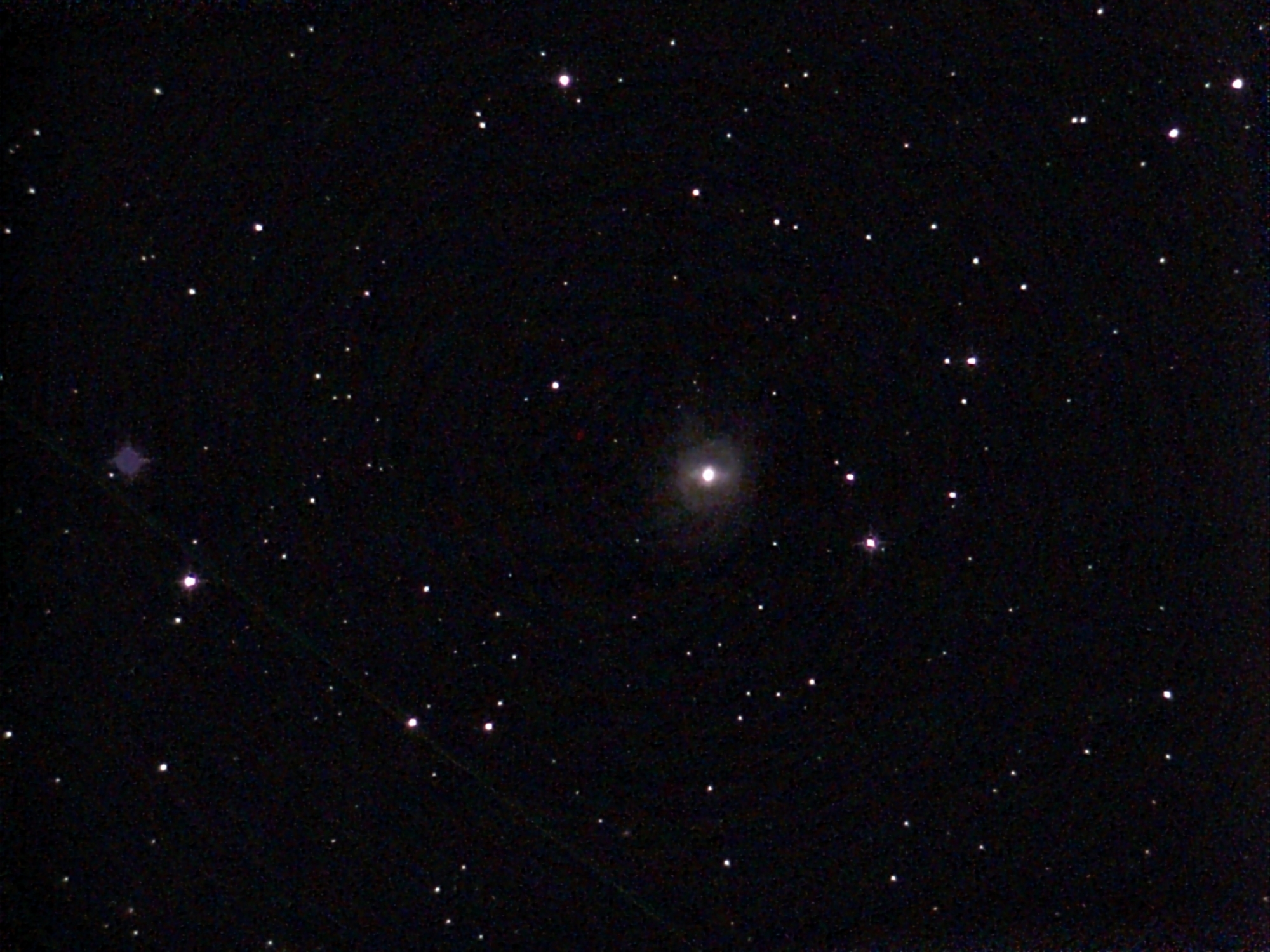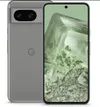I got into astrophotography with phones, but fell in love with the hobby thanks to smart telescopes — here’s how

I’ll never forget that feeling the first time I picked up a phone, pointed it at the night sky, and it proceeded to deliver a crisp image of the stars. That was the Pixel 3, which introduced me to the world of astrophotography. Subsequent phones kept on improving the quality, but I really fell in love with the hobby recently thanks to smart telescopes.
Unlike astrophotography with phones, capturing images of the night sky with a smart telescope really brought out the true meaning of what it means to love a hobby. I’ve shown how phones today are equipped with the hardware to get us closer to the stars than ever before, which I pointed out when I tried capturing galaxies and nebulas with the Galaxy S24 Ultra’s telephoto camera.
Yet the best part about my experience with astrophotography in the last year is how it helped with my mental health. There’s this calming feeling I get into when I’m outside setting up a night’s shoot in the dark, which is made better by the results at the end.
I’ve been using smart telescopes like the Unistellar Odyssey Pro for the last several months to see deeper into space and farther back in time. And the best part? It doesn’t take a rocket scientist to capture breathtaking deep space objects with little effort.
Unistellar Odyssey Pro: now $3,999 @ Best Buy
With an ease of use that's powered by a smartphone, you'll be able to image galaxies and nebulae without much work. There's also a traditional eye piece for those who want to see the stars in real time.
Price check: $3,999 @ Amazon | $3,999 @ B&H
Phones give us a broad picture of the night sky




I constantly admire new phones because of their potential with astrophotography. In fact, I was surprised by how well they perform when I pitted most of today’s best phones in an astrophotography shootout — which also included a $5,500-plus mirrorless camera setup.
What I love about all the photos I captured in the gallery above is that phones give me a broad picture of the night sky, so it’s really easy to make out groups of constellations in one shot. Furthermore, they don’t technically need to have traditional long exposure to draw out the stars in the shot, seeing that their dedicated night modes only require a handful of seconds and a steady hand.
Despite their utility, phones still lack the zoom range to uncover the hidden gems disguised in the night sky.
Get instant access to breaking news, the hottest reviews, great deals and helpful tips.
Smart telescopes and smartphones go hand-in-hand










Traditional telescopes often require lengthy setup times and knowledge to capture astrophotography photos. But the best part about smart telescopes like the Odyssey Pro is that it’s quick to set up and requires no prior experience. That’s because the only thing you need to do is pair it with a smartphone, which acts as the software to see objects in the night sky and process them.
With the Odyssey Pro, I really like what Unistellar has done to make it feel more like a traditional telescope because it features an eyepiece that I can look through at any time. In real time, that eyepiece lets me see what my eyes see of the night sky — but a lot closer thanks to its magnification. For example, the Great Orion Nebula looks like a splotchy star when I use a smartphone, but seeing it through the eyepiece reveals more details like the gas that’s swirling in the nebula.
Furthermore, the accompanying app makes it a breeze to find objects and image them. It’s literally like taking a photograph with a phone. Just point and let it shoot. That’s all!
After a period of time taking multiple images of a target, the Odyssey Pro uses its on-board stacking to stitch all the images together for a clean, highly detailed photo. Straight out of the camera, I’m always mesmerized by what the Odyssey Pro can see that I can’t. Just take a look at some of the snapshots above to see what I mean.
You don’t have to spend a fortune








While I love the quality of the Unistellar Odyssey Pro, I know it can be a stretch for those looking to up their astrophotography game from their phones. In testing out a handful of smart telescopes over the course of the last 6 months, I've learned you don’t need to spend a fortune to get started.
For example, both the Dwarf II and Seestar S50 can be fetched for less than $500, and while they don’t have the same magnification as the Odyssey Pro, they’re perfect for beginners due to their ability to deliver excellent results. The Dwarf II is one of my favorite smart telescopes because of its compact size, while the Seestar S50 offers the best app experience because of how intuitive it is. Just check out some of the edited photos above that were produced from the smart telescopes I've been using to see how much better they are for astrophotography versus phones.
At the end of the day, I’ve found peace in this hobby that I have never experienced before. Every night is an opportunity to explore something new and smart telescopes make it a cinch to do.
Seestar S50 smart telescope: $499 @ B&H
See farther into the universe with the Seestar S50 smart telescope. You don't need to be an astrophotography pro because you can control it with your smartphone and easily capture stars, nebulas, and galaxies with ease.
Dwarf II Smart Digital Telescope: $459 @ Amazon
This smart digital telescope is designed to take breathtaking shots of the night sky. You choose a target, such as a star, set the parameters for your shot and the Dwarf II will then automatically find and track your target and create a stacked image.
More from Tom's Guide
- More Android phones are about to get this key security update — what you need to know
- New iOS 18 report just confirmed huge AI upgrades — Siri, Photos and more
- Google just added back one of my favorite Android features

John’s a senior editor covering phones for Tom’s Guide. He’s no stranger in this area having covered mobile phones and gadgets since 2008 when he started his career. On top of his editor duties, he’s a seasoned videographer being in front and behind the camera producing YouTube videos. Previously, he held editor roles with PhoneArena, Android Authority, Digital Trends, and SPY. Outside of tech, he enjoys producing mini documentaries and fun social clips for small businesses, enjoying the beach life at the Jersey Shore, and recently becoming a first time homeowner.













